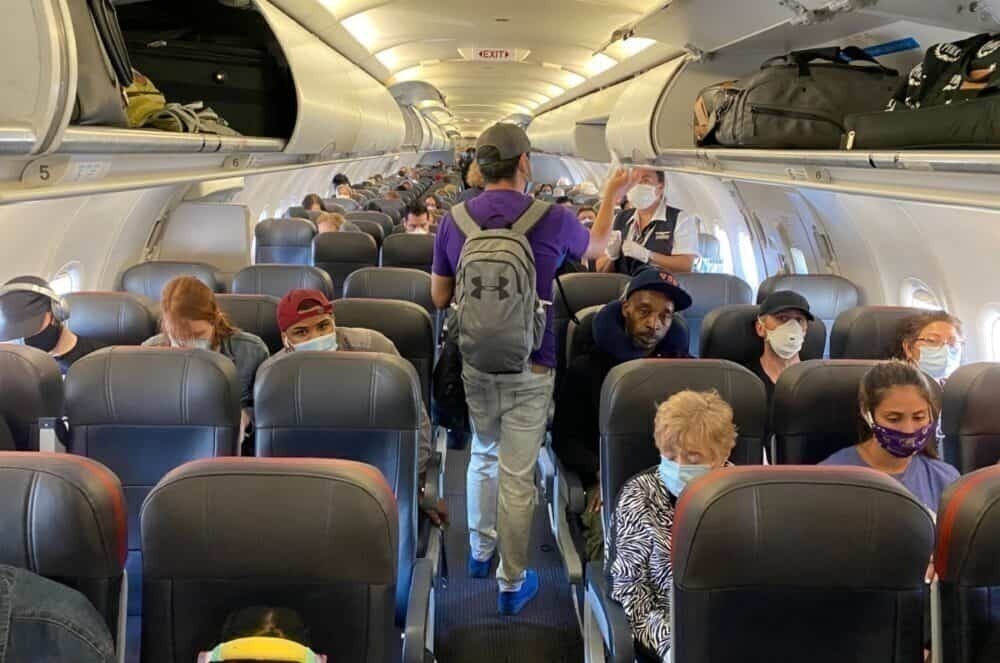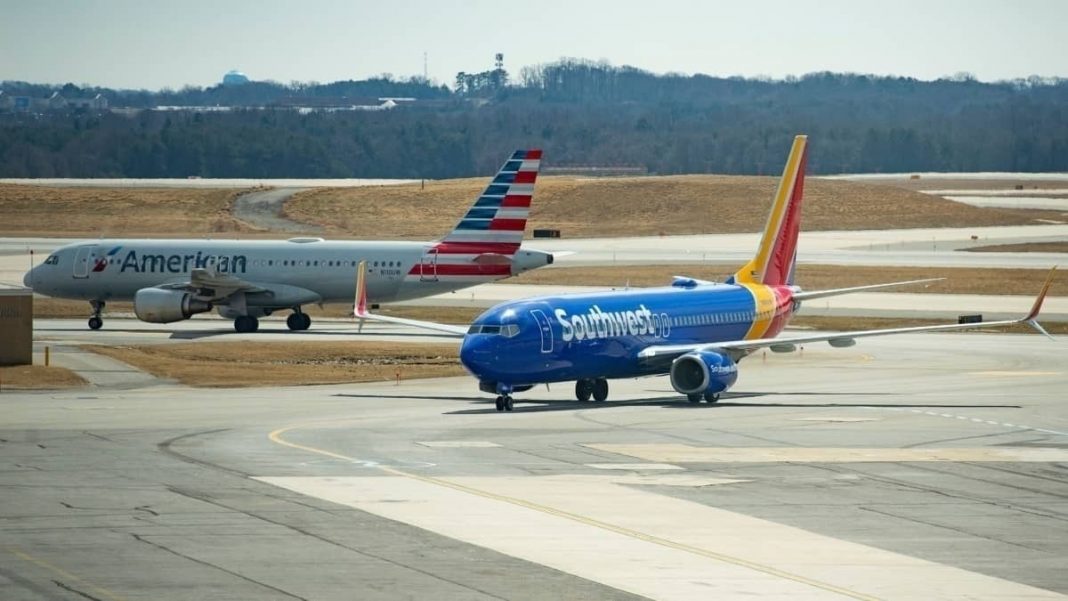US airlines and crews have been pushing for a round two of industry support. In the last few weeks, alongside the release of second quarter earnings, airline executives have affirmed that they would be in support and are pushing for an extension to government support for the airline industry.

The first round of support
The Coronavirus Aid, Relief, and Economic Security (CARES) Act passed in March provided airlines with $25 billion in payroll support provided that carriers do not furlough or lay off any employees through September 30th, 2020. Airlines can, however, promote and allow employees to take separations or temporary leaves of absence for varying amounts of time, but all of these actions must be voluntary.
In addition, airlines also could access additional loans from the Treasury Department. Several airlines have indicated an interest in doing so. Others have turned towards private sources of funding through the sale of secured and unsecured notes or loans using assets like slots.

With the ending of CARES Act support on September 30th, airlines are preparing to become smaller in October. Airlines have already sent out WARN notices regarding potential furloughs or layoffs. American Airlines, Hawaiian Airlines, United Airlines, Delta Air Lines, and Allegiant are some of the airlines that have sent out notices. Most of these airlines have also instituted some form or another of voluntary leaves or early retirements with generous offerings.
A rough October 1st
Essentially, on October 1st, it is going to be rough for a lot of airline employees. With significantly reduced demand and stalling passenger numbers, airlines have already scrapped routes, retired aircraft, and charted out plans to wave goodbye to even more planes.

Combined, this means that air carriers will not need as many pilots, flight attendants, gate agents, network planners, administration professionals, ramp agents, and more. This includes people employed directly by the airlines and indirectly through contracts with third-party providers.
The full extent of furloughs and layoffs remains unseen. Even after October 1st, if airlines still are not at the size they should (or need) to be, then further layoffs and furloughs will undoubtedly follow. Some of this could run into 2021, depending on how travel rebounds.
Extending support
For the last couple of months, and some from even before then, more and more industry professionals and employees have called for a simple extension of CARES Act funding through 2021. Though there has not been the same level of lobbying as there was for the first CARES Act, a CARES 2.0 would still be welcome by plenty of airlines.

The Association for Flight Attendants is calling for an extension of support through March 31st, citing the downturn in domestic air travel. The Air Line Pilots Association is calling for an extension through March 21st. Either way, it would be about a six-month extension of the current payroll support.
Maintaining essential service
One requirement that the government instituted as part of CARES Act funding was that airlines had to maintain minimum essential service. Airlines could choose a summer or winter schedule, but for all points customarily served, the airlines still had to fly even if flights were going out empty or else were operating at a loss.

There were some exceptions, however. Airlines could request exemptions from the Department of Transportation (DOT) and reduce or suspend services if the DOT granted a waiver. Some airlines received exemptions, particularly airlines like Allegiant, Sun Country, and JetBlue that have smaller market shares. Major US airlines did, however, eventually receive some exemptions. By and large, however, the DOT made sure that airports were still served well by carriers.
This did lead to some overcapacity on markets early on in the crisis. However, in the last few months, airlines have reinstated services on their own accord– even to some cities where they received exemptions.
The problem, however, would come with extending minimum essential service requirements. From October through about March, airlines would be operating the primary winter schedule– which sees carriers adding some destinations and removing others.

Most likely, with any extension of support, airlines would seek to select their winter 2019-2020 schedule as a baseline for minimum service this winter. While travel demand has picked up, it would likely dampen heading into the fall until the Thanksgiving holiday, pick up between then and through New Years’, before dying down again until about March.
What would a CARES Act 2.0 look like?
A lot of sectors of the economy are hurting amid the coronavirus pandemic. However, it is unclear whether there is any appetite in Congress to grant billions of more dollars in aid to US airlines.
Some, however, have theorized using any CARES Act extensions to attach any mandates, including blocked middle seats or a face mask mandate. Already, one Senator has introduced a bill that would prohibit the sale of the middle seat and mandate masks through part of the continuing pandemic.

Airlines, through their lobbying organization, Airlines for America (A4A), will likely vigorously oppose any blocked middle seat requirements. While some airlines, like Alaska, Delta, Southwest, and JetBlue have limited capacity or blocked seats, other airlines like American and United are booking their flights to capacity.
The mask mandate, however, is a different story. Airlines have strongly supported masks and have created stiff penalties for people who refuse to wear them. Some airlines, such as American and Southwest, have even gone further and removed any exemptions to their mask requirement. Delta has a pre-flight clearance process for mask exceptions.

One thing airlines likely would go out and call for would be TSA-run temperature screenings. Air carriers have been encouraging the Transportation Security Administration (TSA) to take on temperature screenings in addition to general security procedures. However, the TSA has yet to do so despite airlines running trials to prove its efficacy. Some airports, though, have taken it up themselves.
The industry is running out of time to secure a CARES Act 2.0. Airlines and lawmakers would need to finalize the terms of the funding before September 30th– or risk furloughs and layoffs before any funding is allocated to airlines, essentially funding an airline’s reduced operations without saving more jobs. Easier said than done; there are just under two months until September 30th.
Do you think airlines will (or should) get a CARES Act 2.0? Why or why not? Let us know in the comments!
[ad_2]
Source link



